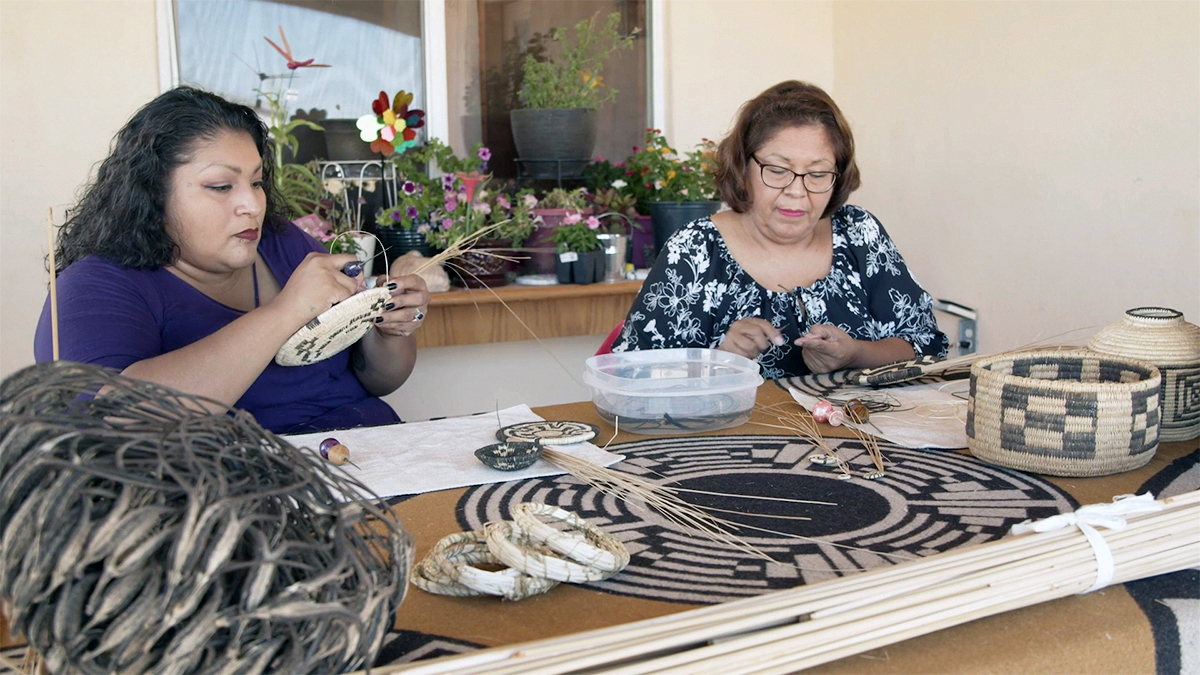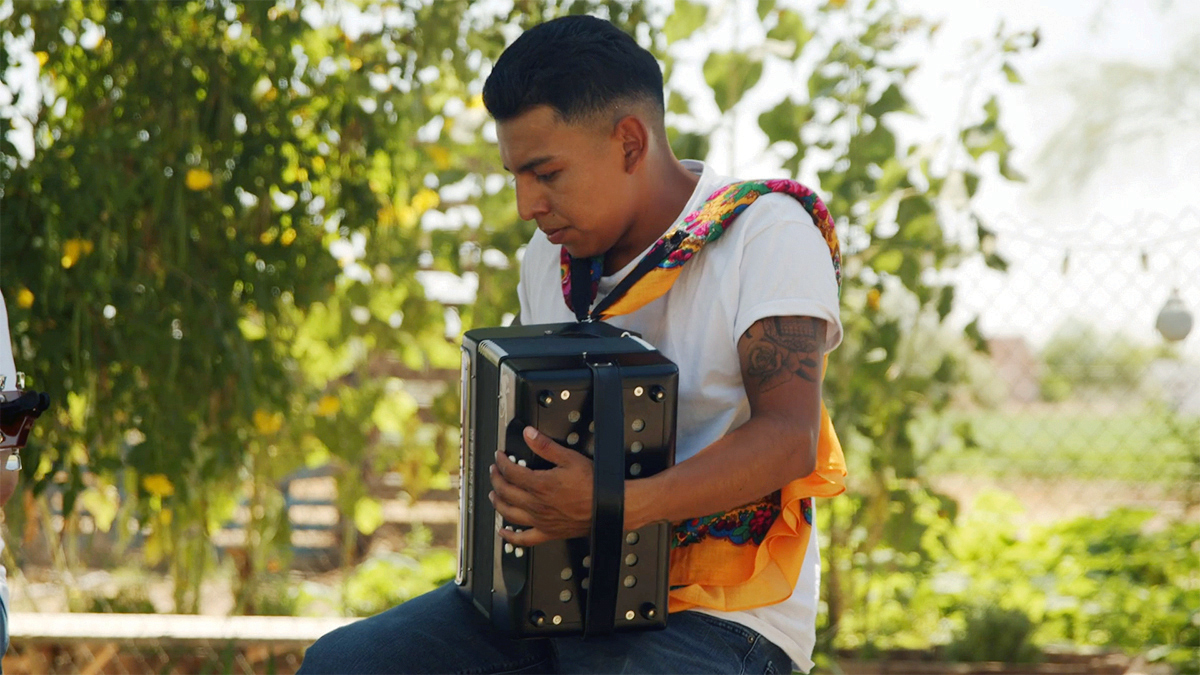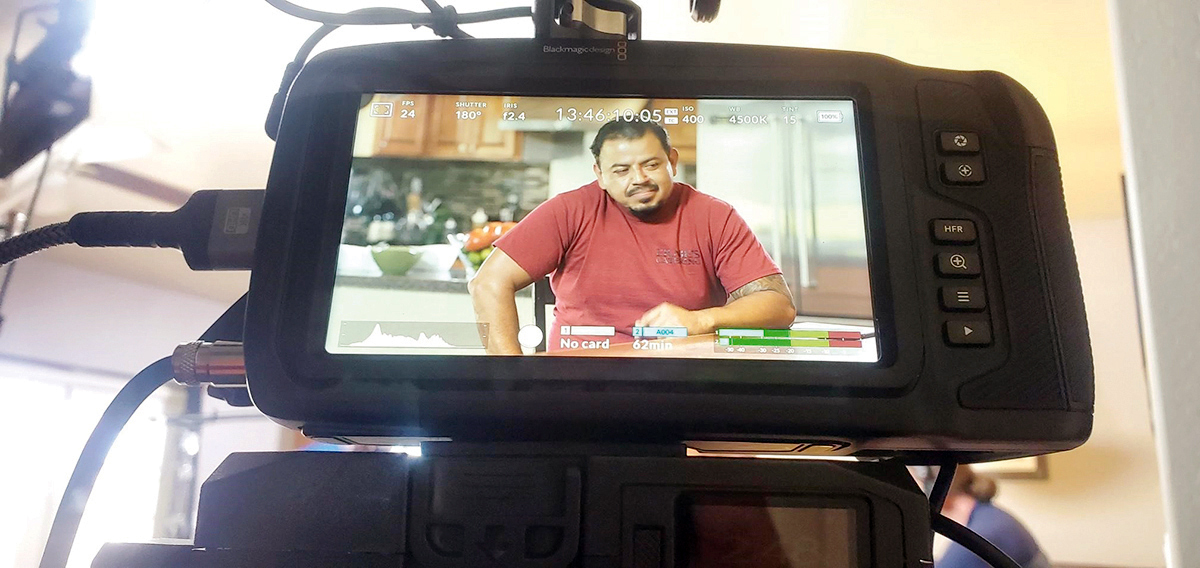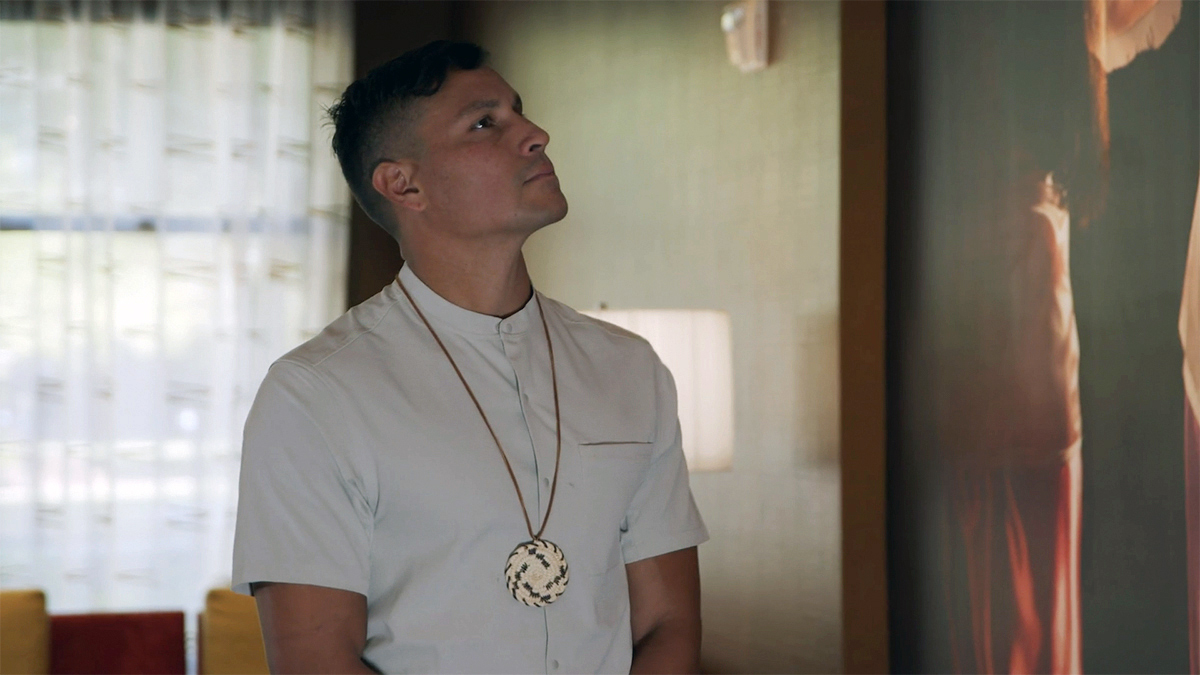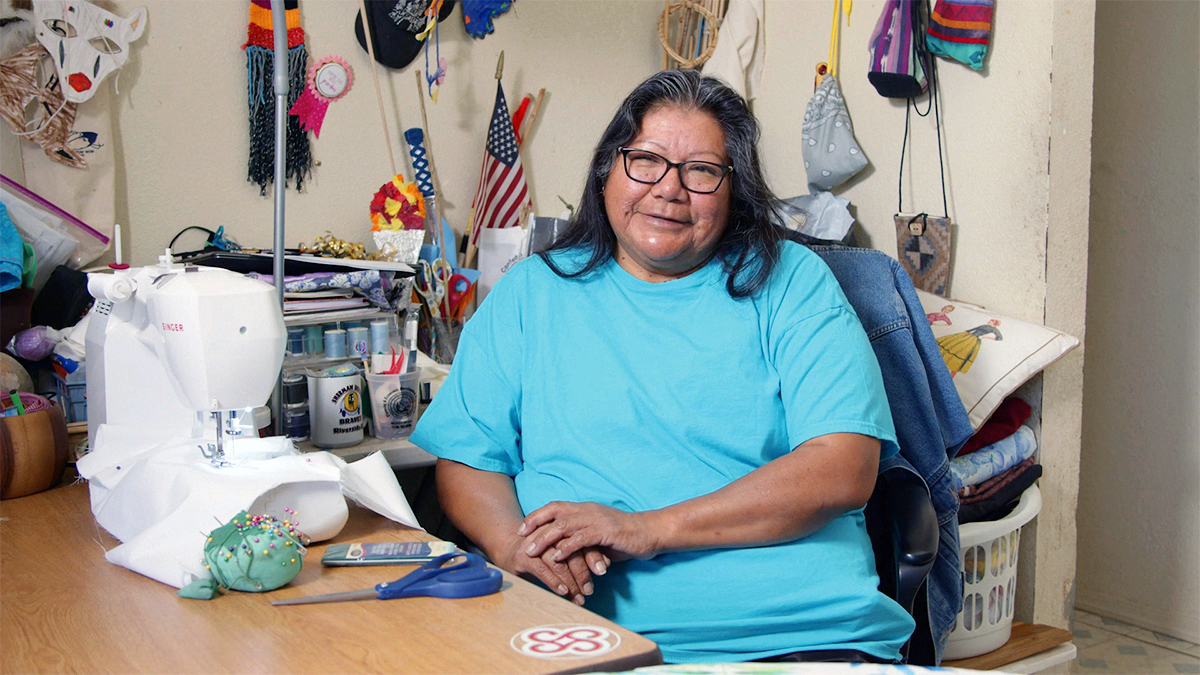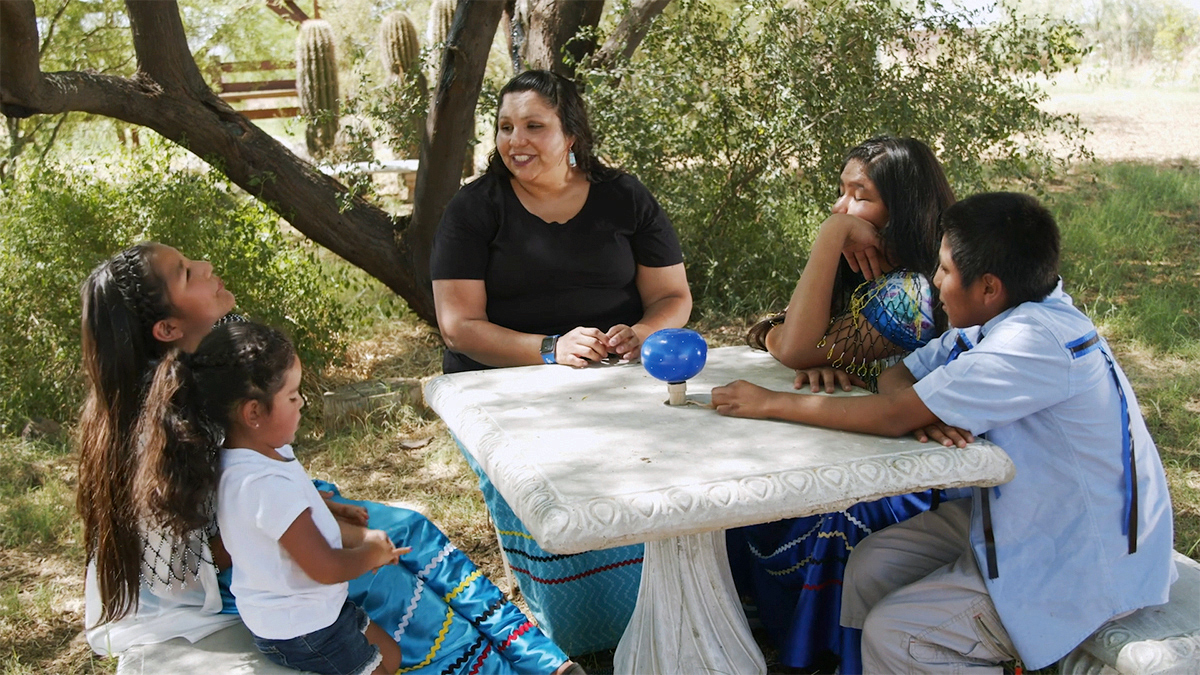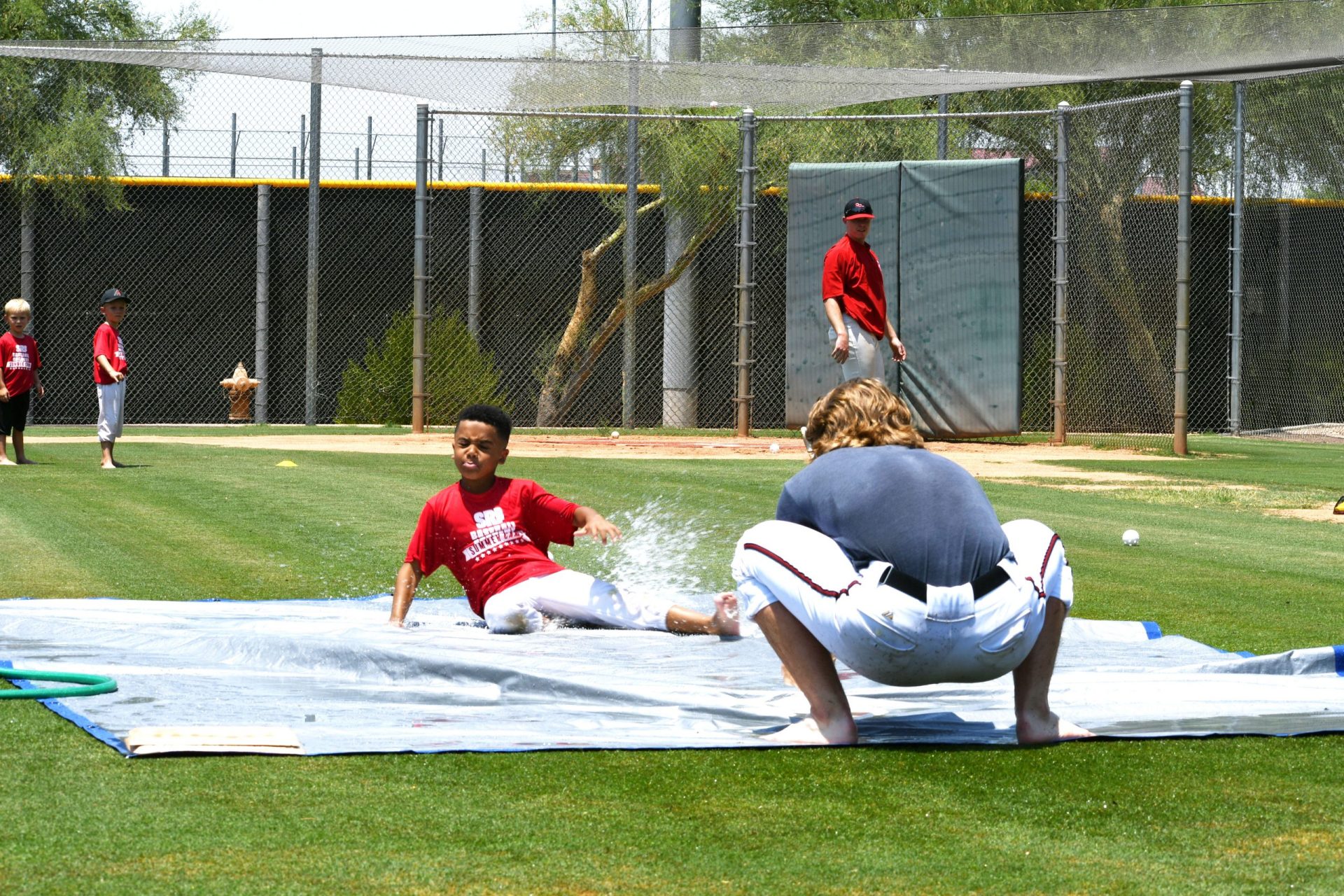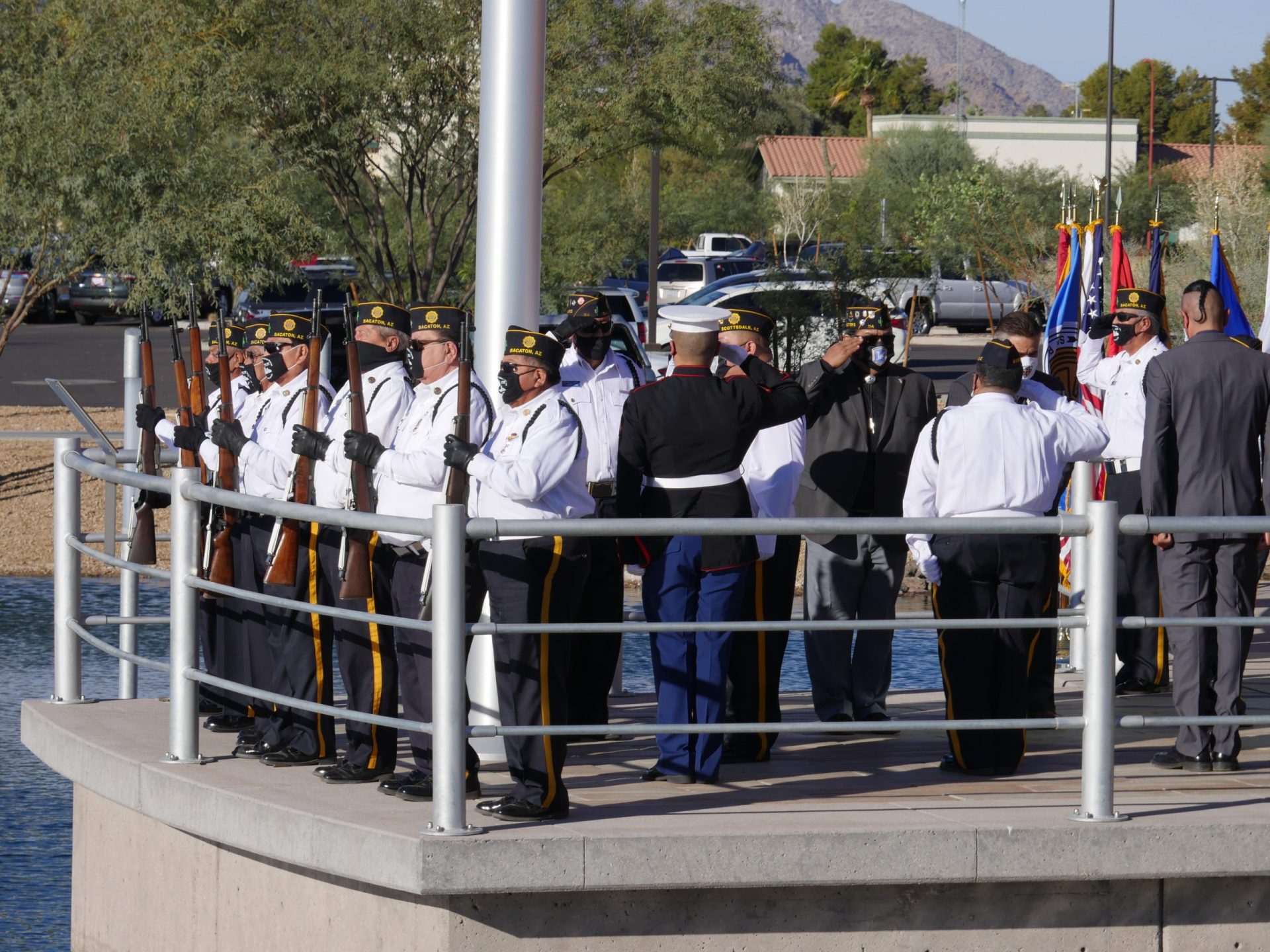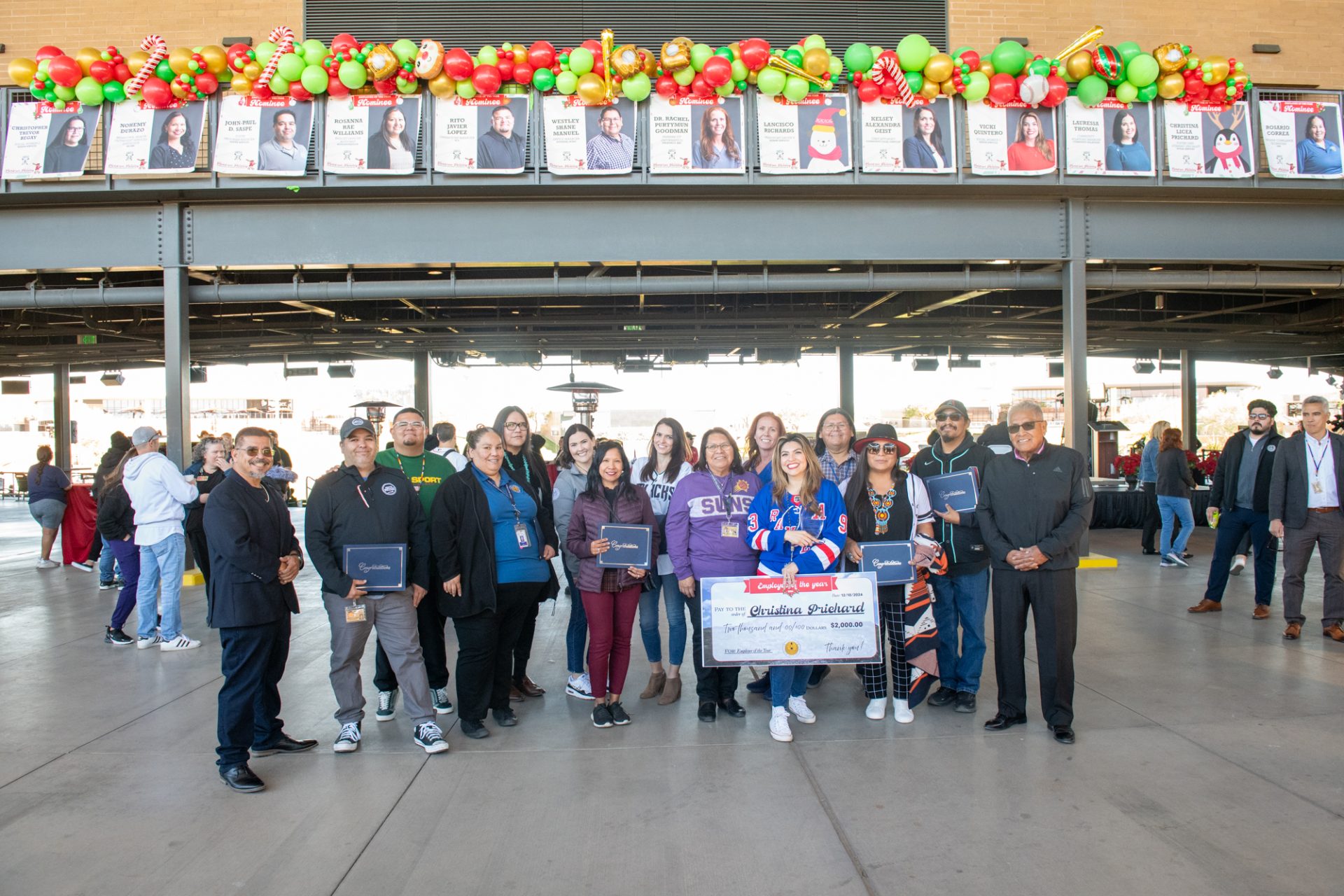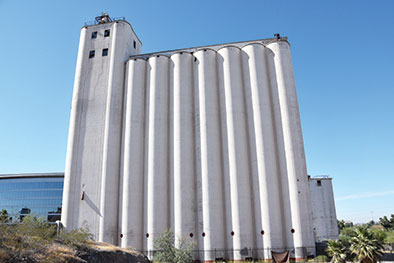VIEWS: 3243
July 2, 2020SRPMIC Community Day Presents “Salt River: Music, Dance & Art”
June 14 is Community Day, a day when we come together to celebrate the founding of the Salt River Pima-Maricopa Indian Community. Given the circumstances of COVID-19 this year, the traditional gathering of Community members was cancelled to ensure everyone’s safety. In its place, the Community Relations Department decided to put together a unique project that highlights the SRPMIC and its members.
“Salt River: Music, Dance & Art” is a series of six videos showcasing SRPMIC members who share their talents through art, food and music, according to Community Relations Events Manager Yvonne Schaaf. “The videos tell people’s stories that are based and rooted in our O’odham/Piipaash traditions as well as family traditions. [We may know] these individuals through work, school or just everyday living, but we’ve never really had the chance to sit down and listen to their journeys.”
What is Community Day? SRPMIC Vice-President Ricardo Leonard describes the day and what it stands for in a video featuring the Community Day Proclamation:
“On June 9, 2004, the Salt River Pima-Maricopa Indian Community council established Salt River Pima-Maricopa Indian Community Day and recognized Community Day as an official Community holiday occurring on June 14 of every year,” Leonard states.
Each year, a celebration is held at the Two Waters complex with O’odham, Piipaash and waila music. Friends and family come together to break bread and socialize. Because the actual physical celebration could not take place this year because of the COVID-19 pandemic, the spirit of Community Day was commemorated through the “Salt River: Music, Art & Dance” video series.
Schaaf explained how the video project came together. Filming and interviews took place all over Salt River, with each story uniquely told.
“It was a fast turnaround from everything on paper that we ‘wished’ for to actually getting interviews lined up,” Schaaf said. “The fun came with finding our interviewees! We researched, went to homes directly, called, emailed. It was a process that is not unusual for the Events Division.”
Schaaf continued, “We were excited to be part of the whole process by being ‘on set’ to witness everything. We practiced social distancing and were very mindful of [making sure] each person was comfortable in [the interview’s] setting.”
While “Salt River: Music, Dance & Art” is different from what’s been done to commemorate Community Day in the past, Schaaf emphasized the importance of highlighting the contributions of Community members.
“We have such a unique story to share, even in this time when there is so much uncertainty,” Schaaf said. “As it states in the SRPMIC Community Day Proclamation, ‘The peoples of the Salt River Pima-Maricopa Indian Community have overcome many obstacles throughout history only to remain strong and unified.’ That remains true to this day.”
In the six videos, Community members share insight into their artistic passions and explain where that passion has led them. The series’ first episode is “Through the Lens: An Eye for Creative Imaging,” featuring photographer and Community member Anthony Thosh Collins. His work is known throughout Indian Country. “The camera was a way for me to really frame my view of what I was seeing in the world,” Collins said. You can see his work displayed on walls throughout the Marriott Courtyard Scottsdale Salt River.
In Annette Vest’s episode, “Sewing for O’odham and Piipaash,” she recalls gaining the knowledge to make her very first dress. She shares her work and her hopes for the future, continuing to teach Community members how to sew.
In “Waila Music: Inspiration for the Next Generation,” young Community mumsigo Ramon Lopez presents his lifelong dream of playing chicken scratch music with his first band. “My biggest accomplishment thus far is probably starting my own band, finally. After dreaming about it and just thinking about it, I finally got to that point this year,” Ramon Lopez said. “I wouldn’t be there without my Community’s support in everything. Because that’s what really helped me out, [so I’m] just trying to give back to them through music.”
Raina Thomas cherishes family, which is evident in her episode, “Rooted Through the Sound of the Ground.” Thomas shares her knowledge of gourd making and how her children influence her to keep learning. “I had to start learning because my kids were learning and I didn’t want them to lose [the tradition]. They push me to keep learning,” Thomas said.
“Culinary Brought Home” is Ernesto Lopez’s story about how food brings everyone together. He reflects on the teachings of his mother when he was growing up in the kitchen. Now as he shares his food with others, he always remembers that special ingredient. “When I cook food, I cook with love from my heart,” Ernesto Lopez said.
Alice Manuel shares her love for basket making in “Weaving from the Heart.” She explains how she began weaving and passes on her knowledge to those who want to learn. She demonstrates her work alongside her daughter and talks about how weaving strengthens the connection to her ancestors.
The series ends with the video “Piipaash Social Dancing” featuring the traditional music group Bird Singing and Dancing by the River performing social dancing in front of the Huhugam Ki Museum.
Thanks to the Community Relations Events team, filmmaker Travis Holt Hamilton and Holt Hamilton Films, the video series is a huge success. Unused footage will be saved for future Community promotion projects.
The SRPMIC Facebook page features 90-second teaser videos, and you can watch the full videos online at https://vimeo.com/showcase/5131810.

